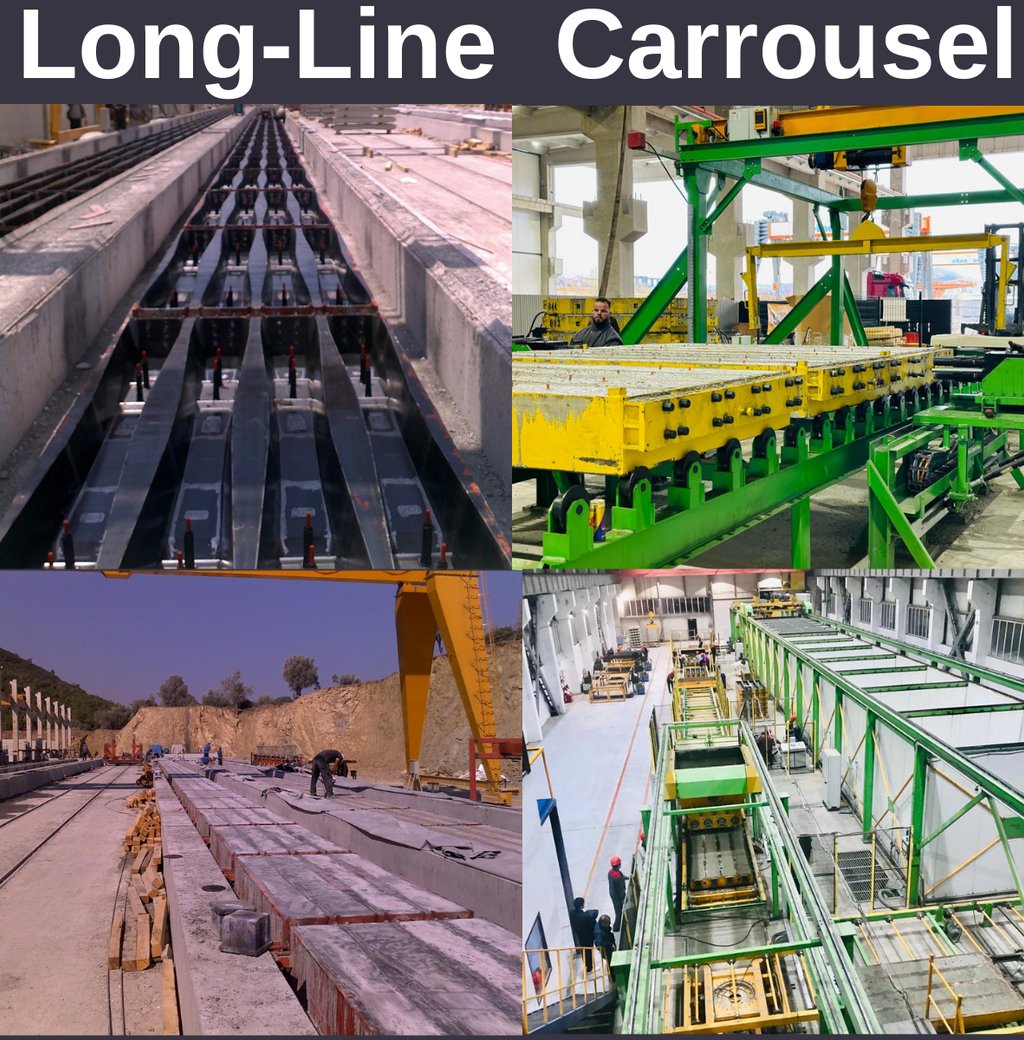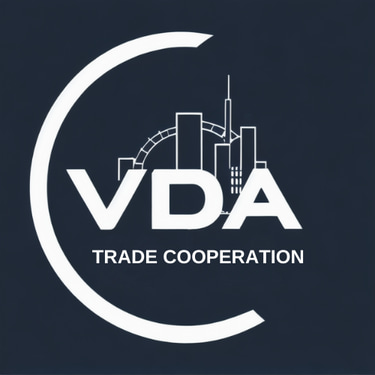Long Line Sleeper Manufacturing Method vs Carrousel Sleeper Manufacturing Plant
Mehmet Akif ARSLAN
9/8/20242 min read


Long-Line vs. Carousel Sleeper Production: A Comprehensive Analysis
When it comes to the production of railway sleepers, two primary systems stand out—long-line and carousel. Both methods have their unique advantages and challenges, and understanding these is essential for making informed decisions in manufacturing processes.
1. Facility and Investment Requirements
The long-line method requires larger facilities, as beds can stretch between 80-120 meters. This often translates to higher upfront investments due to the need for extensive infrastructure. On the other hand, the carousel system operates in shorter spaces, often requiring only around 80 meters, which makes it more space-efficient and easier to install in limited areas.
2. Flexibility in Production
One of the biggest advantages of the carousel system is its flexibility. Multiple sleeper types and sizes can be produced simultaneously using various molds, even within the same production shift. In contrast, the long-line system offers limited flexibility, as any change in production type would require significant downtime and adjustments to the entire line.
3. Steel Bar Management and Traceability
In the carousel system, prestressed steel bars are shorter (around 2.6 meters), making them easier to manage and trace throughout the production process. This reduces the risk of errors and enhances safety. The long-line system uses much longer steel bars (up to 120 meters), which complicates their management and increases the likelihood of safety hazards.
4. Concrete Quality and Durability
The carousel method offers a controlled environment where concrete is quickly placed into molds and moved out, minimizing vibration risks. This preserves the integrity of the chemical bonds within the concrete, improving overall durability. In contrast, the long-line method takes longer to fill molds, which exposes the concrete to vibrations over a prolonged period, potentially affecting the sleeper's quality.
5. Production Efficiency
The carousel system is highly automated and can handle up to 1,500 sleepers per day in some setups. This efficiency makes it suitable for large-scale, high-speed production. The long-line system, while requiring less initial investment, tends to have a slower production rate and demands more manual intervention, particularly in terms of concrete cutting and finishing.
6. Environmental and Safety Considerations
Concrete cutting in the long-line system generates dust and wastewater, necessitating investment in environmental treatment solutions to manage pollution. This is not an issue with the carousel system, as there is no cutting required. Additionally, the shorter cycle times and automated nature of the carousel method reduce workplace safety risks, making it a more environmentally and worker-friendly option.
Conclusion:
Both the carousel and long-line methods have their places in railway sleeper production. The carousel system excels in flexibility, automation, and environmental safety, making it ideal for large-scale, diverse production lines. On the other hand, the long-line system is more suited to smaller operations that focus on uniform products and have lower investment capabilities. Choosing between these two methods should depend on the specific requirements of production scale, flexibility, and available investment.
